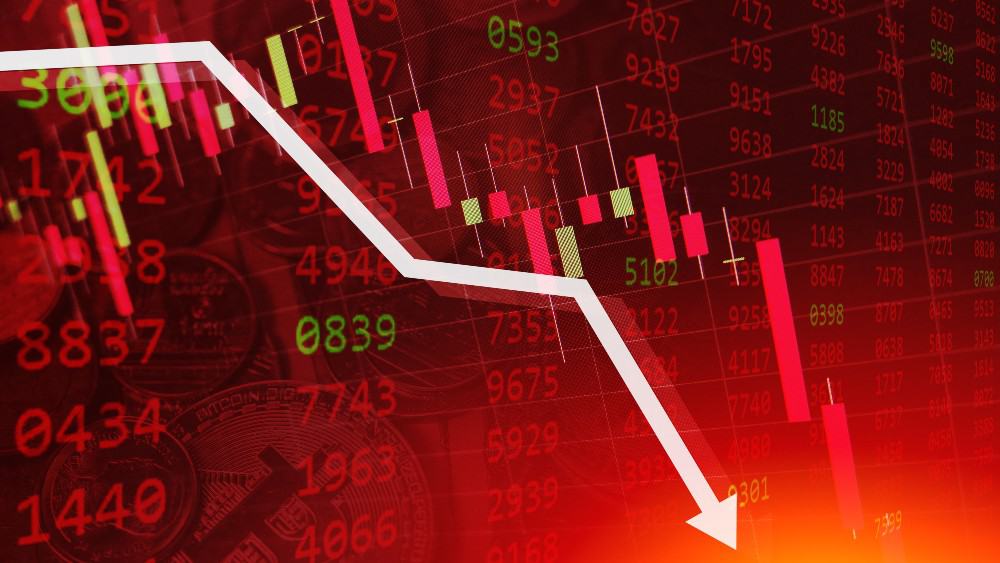Some stocks still haven’t fully recovered from the COVID-19 market crash — these three dividend stocks included. They can make a strong comeback on an economic recovery after the pandemic comes to pass.
A&W Revenue Royalties Income Fund (TSX:AW.UN), Brookfield Property Partners (TSX:BPY.UN)(NASDAQ:BPY), and H&R REIT (TSX:HR.UN) are still down about 23%, 29%, and 52%, respectively, year to date. Let’s take a look at each dividend stock idea more closely.
Data by YCharts. The year-to-date price action of AW.UN, BPY.UN, and HR.UN stocks.
A&W is paying a special dividend!
A&W is all about cash flow. It earns royalties of 3% of the gross sales from 971 A&W restaurants across Canada. When the pandemic forced the temporary closures of some restaurants, it resulted in a big cut in its cash flow. Consequently, it suspended its monthly cash distribution of $0.159 per unit from April to June.
As soon as the macro environment allowed it, since July, A&W has resumed a regular monthly cash distribution of $0.10 per unit. Last week, it announced a special cash distribution of $0.30 per unit that it’ll be paying out on October 30 to unitholders of record on October 23. The stock has popped about 5% since the news.
Management will continue to monitor sales results of the restaurants in its royalty pool and make changes accordingly to its regular cash distribution, which highly depends on the pandemic situation and whether there will be another economic lockdown.
Based on its current regular cash distribution, A&W yields about 4%. A recovery of the stock price to pre-pandemic levels would result in an upside of about 30%.
Diversified real estate stocks providing big dividend income
Brookfield Property and H&R REIT both have a portfolio of diversified real estate properties. As shown in the graph at the start of the article, BPY stock has had a quicker rebound than H&R REIT. A big reason is that BPY has amazingly managed to sustain its massive cash distribution so far, while H&R REIT cut its distribution in half in May to be prudent.
A big part of the real estate stock returns come from their cash distributions. Investors have therefore bid up BPY stock sooner than H&R REIT. At writing, Brookfield Property and H&R REIT yield 10.3% and 6.8%, respectively.
Brookfield Property can pay for most of its cash distribution with the cash flow it generates from its real estate portfolio. The rest of the distribution may be paid from cash on its balance sheet if management chooses to. It has enough cash to pay for more than one year of cash distributions without relying on its cash flow.
BPY will report third-quarter results on November 6, at which time there will be greater clarity on the pandemic impacts, which is changing rapidly, on its business.
H&R REIT can make a stronger comeback than BPY on an economic recovery, because it has ample room to recover its cash distribution to close to pre-pandemic levels. When it starts increasing its cash distribution again, it will be a big indicator of improvement and drive its stock price much higher. A doubling of the stock price is not farfetched.










